No info on Soligao Spring…

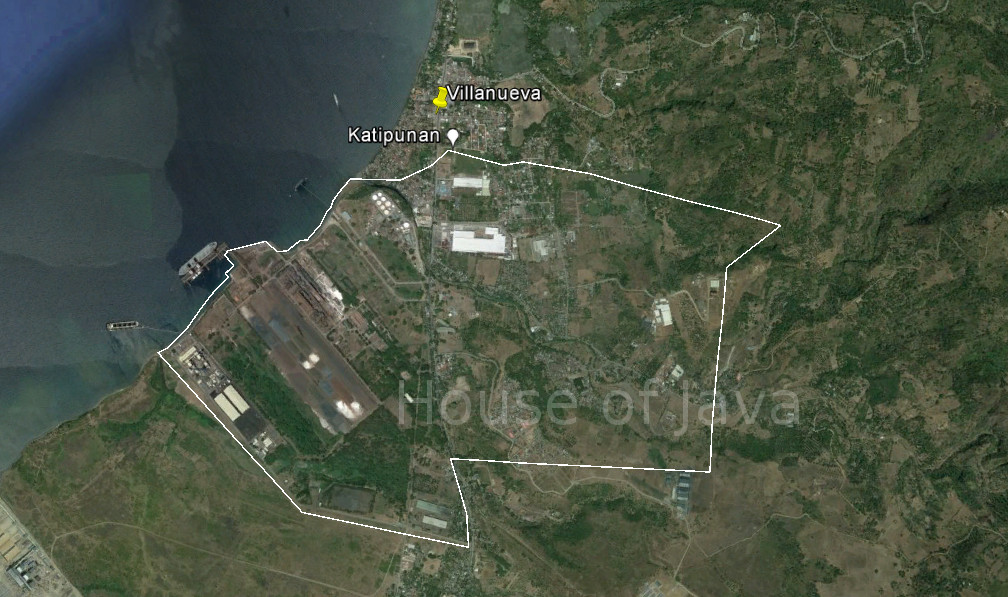
| Website: | no website found |
| Facebook: | no page found |
| Email: | no email found |
| Landline: | no landline found |
| Mobile: | no mobile found |
| City/Municipal: | Villanueva |
| Barangay: | Katipunan |
| Address: | |
| Google Map: | |
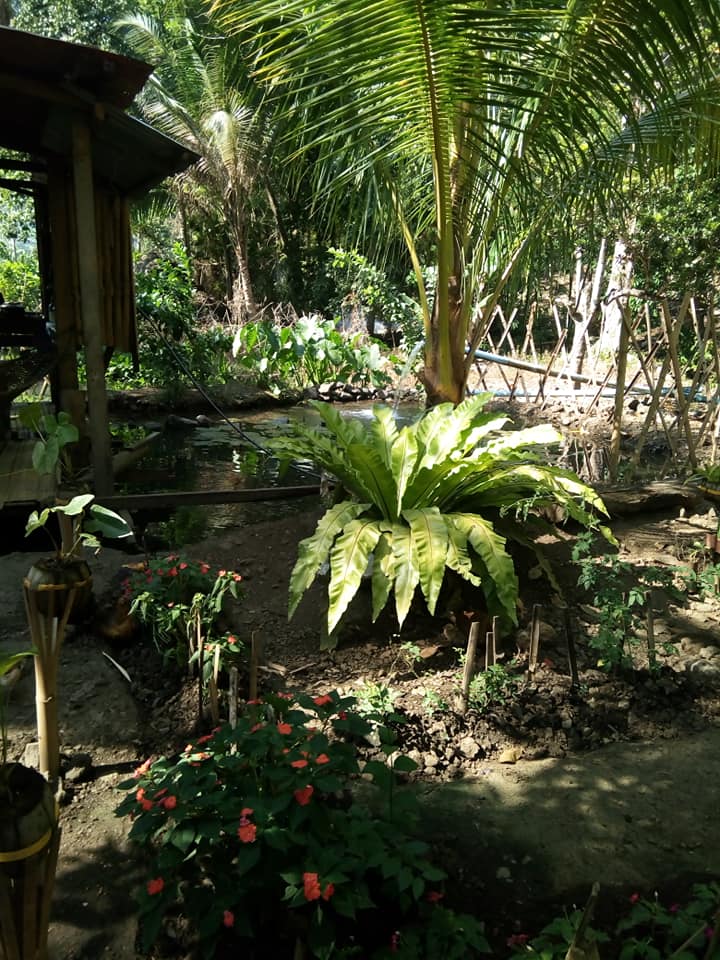
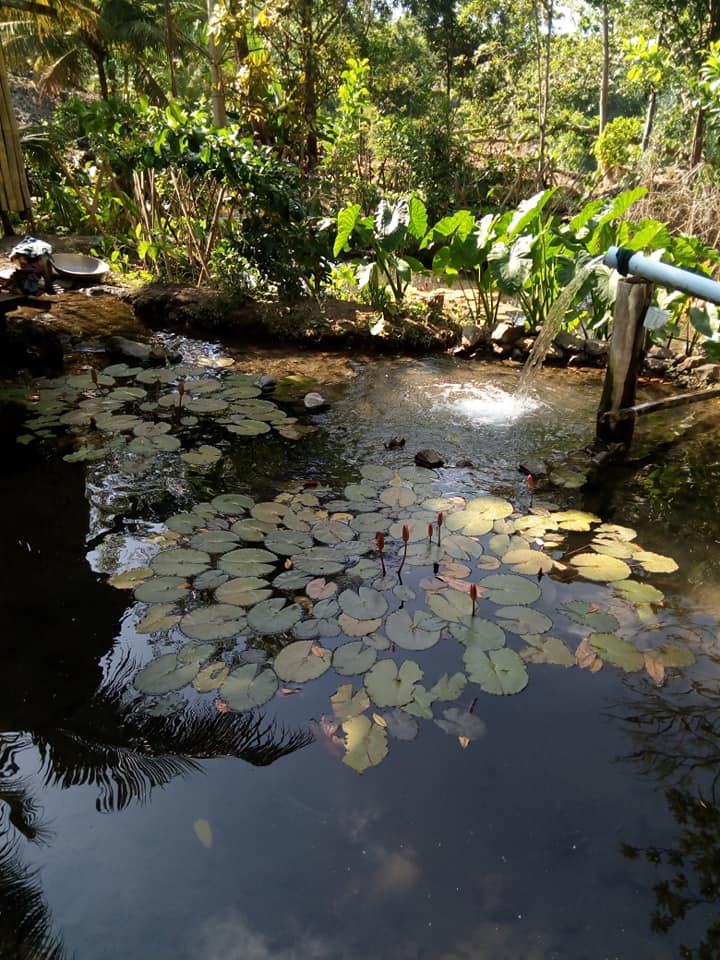
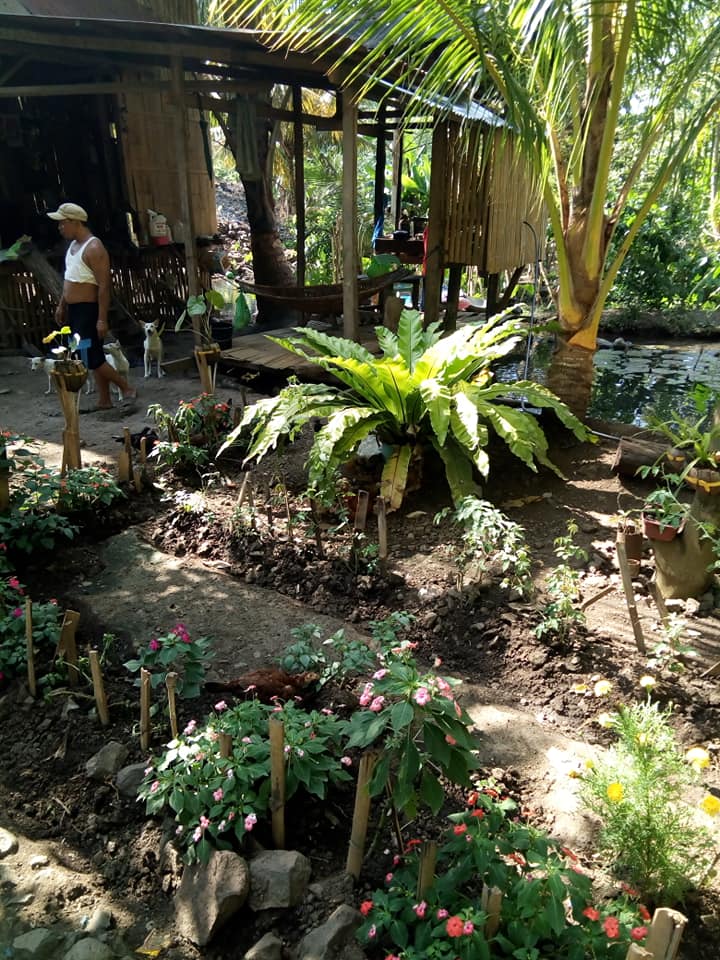
(Source)
| Website: | no website found |
| Facebook: | no page found |
| Email: | no email found |
| Landline: | no landline found |
| Mobile: | no mobile found |
| City/Municipal: | Villanueva |
| Barangay: | Poblacion 1 |
| Address: | |
| Google Map: | |
The Municipality of Opol was once an uninhabited wilderness during the pre-Spanish time, until one group of Boholanos, lead by a Datu, migrated to the place. They settled in the area now known as Barangay Bonbon, where they planted different crops for their livelihood. One of the widely cultivated and most abundant crop was white squash or “opo”. Inhabitants from nearby villages came to the area to buy the famous “opo”, until the place became popularly known as “opo”. Due to slip of the tongue, most of the inhabitants began referring to the place as “opol”. Thus, from then on, the place has been called “Opol”.

Upo (White Pumpkin)
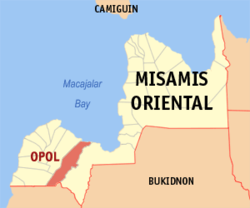
Opol is a second class municipality in the province of Misamis Oriental, Philippines.
Opol was created from the barrios of Opol, Igpit, and Lower Iponan, formerly part of Cagayan de Oro, by virtue of Republic Act No. 524, approved June 15, 1950.
The municipality is gradually becoming more urbanized, as a result of local population growth and the expansion of nearby Cagayan de Oro City. Historically, Opol was a more rural area focused on agriculture and fishing.
Website:
Landline: 75-4004
Mobile: 09188899977
Municipal: Opol
Barangays: 14
Address:
Email:
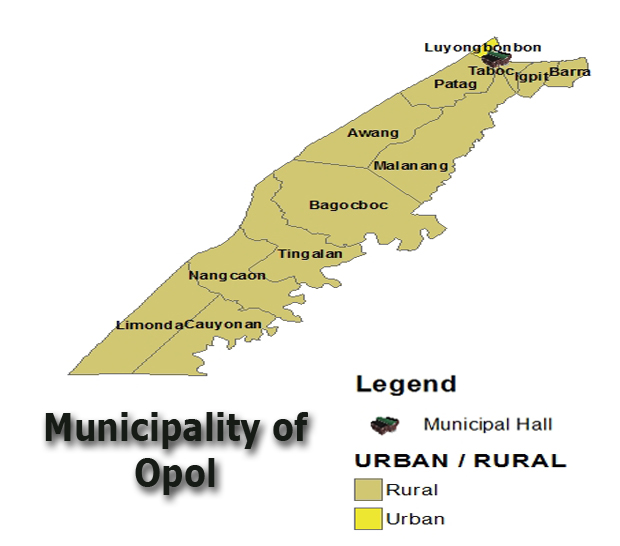
A barangay is led and governed by its barangay officials. The “barangay officials” is considered as a Local Government Unit (LGU) same as the Provincial and the Municipal Government. It is composed of a Punong Barangay and 7 Barangay Kagawad. Thus, there are 8 members of the Legislative Council in a barangay. Each member has its own respective committee where they are Chairmen of those committees. The Committees are the following: (1) Peace and Order Committee, (2) Infrastructure Committee, (3) Education Committee, (4) Health Committee, (5) Agriculture Committee, (6) Tourism Committee, (7) Finance Committee, and (8) Youth and Sports Committee. There are 3 appointed members of each committee. (Source)
The name TAGOLOAN was a product of a priest’s curiosity and
interest to seek the very source of a river which when flooded
caused death of human and animals and destruction of properties.
It is told that after a week of climbing the hills and mountains
on foot and by horse he finally came upon his goal. He found the
wellspring under a big rock and so hidden as to defy discovery.
The priest called it TAGO-OLOHAN, which means CONCEALED SOURCE,
from “Tago” (concealed), and “OLOHAN” (source). Later especially
the Spaniards changed this to the present name probable due to
the difficulty of pronouncing the word.
Another vision of the legend of Tagoloan is that it originated
from Moslem words, namely “tago” meaning “a place” and “oloan”
meaning “head: or “chief”. Tagoloan therefore means “the place
of the chief”.

Tagoloan is a first (1st) income-class municipality in the province of Misamis Oriental, Philippines. Tagoloan is located to the east of Cagayan de Oro City and located south-east of the Macajalar Bay. It is a residential and industrial municipality, and has 5 high schools, 3 colleges, and 2 hospitals.
Website:
Landline:
Mobile:
Municipal: Tagoloan
Barangays: 10
Address:
Email:
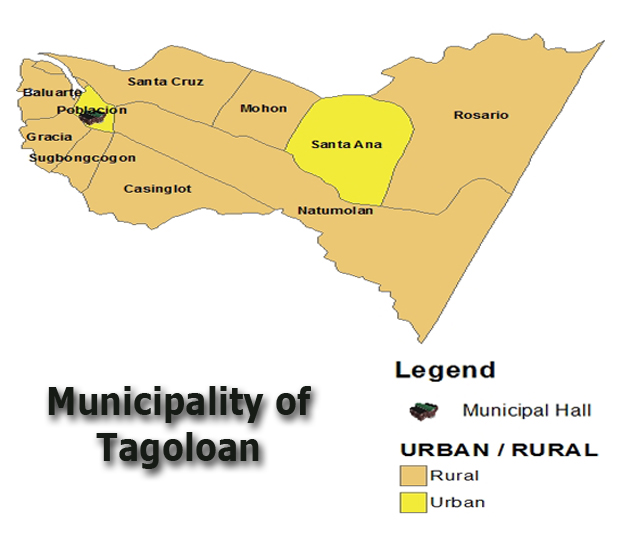
A barangay is led and governed by its barangay officials. The “barangay officials” is considered as a Local Government Unit (LGU) same as the Provincial and the Municipal Government. It is composed of a Punong Barangay and 7 Barangay Kagawad. Thus, there are 8 members of the Legislative Council in a barangay. Each member has its own respective committee where they are Chairmen of those committees. The Committees are the following: (1) Peace and Order Committee, (2) Infrastructure Committee, (3) Education Committee, (4) Health Committee, (5) Agriculture Committee, (6) Tourism Committee, (7) Finance Committee, and (8) Youth and Sports Committee. There are 3 appointed members of each committee. (Source)
Website:
Landline:
Mobile:
Municipal: Villanueva
Barangay: Balacanas
Address:
Email:
Website:
Landline:
Mobile:
Municipal: Villanueva
Barangay: Dayawan
Address:
Email:
Website:
Landline:
Mobile:
Municipal: Villanueva
Barangay: Imelda
Address:
Email:
Website:
Landline:
Mobile:
Municipal: Villanueva
Barangay: Katipunan
Address:
Email: